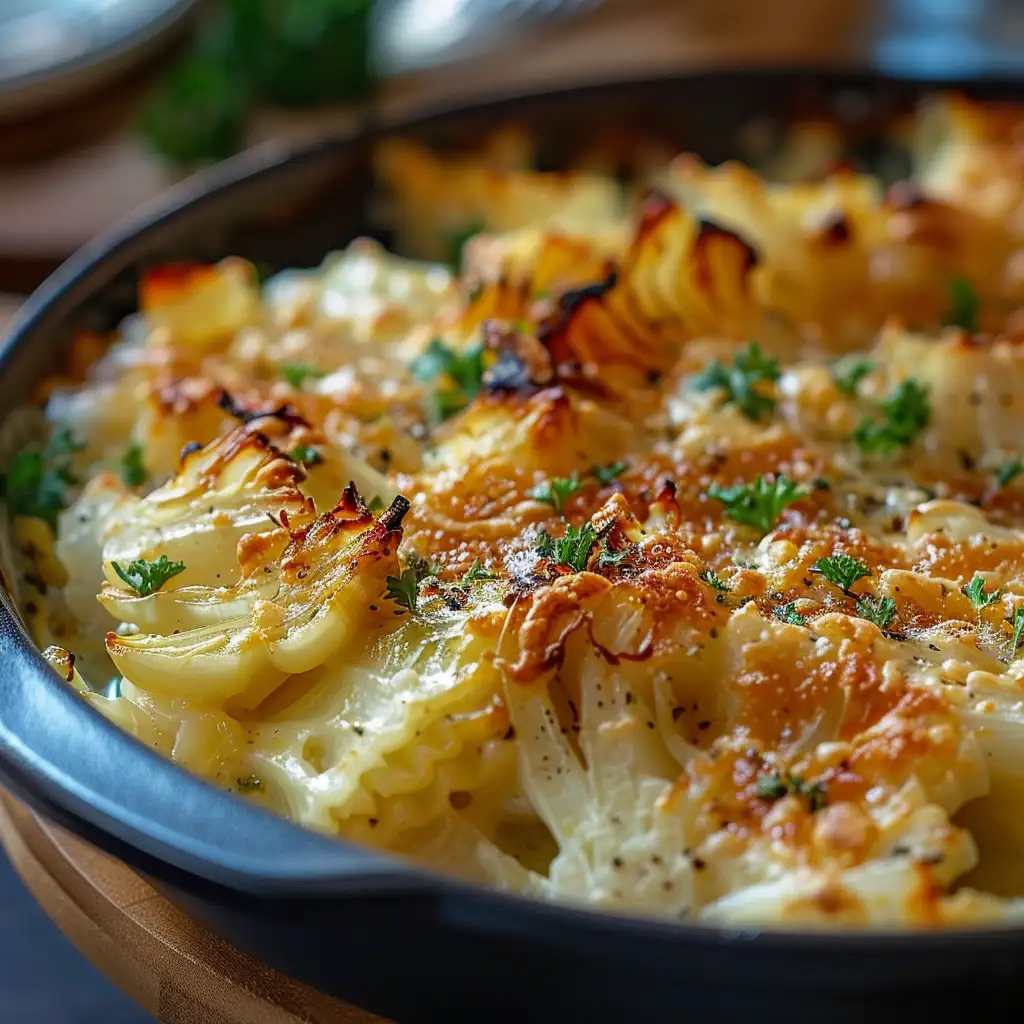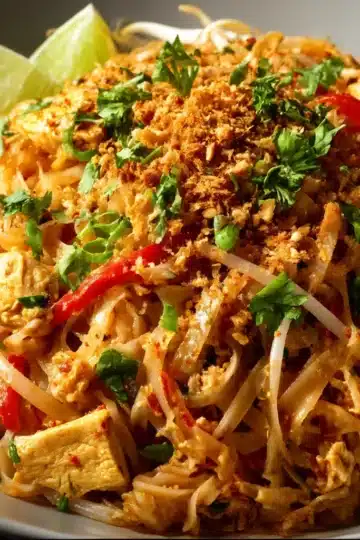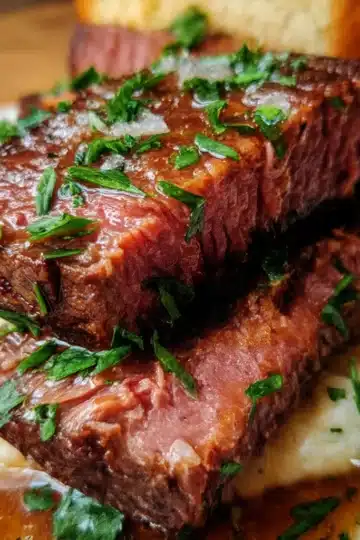Introduction to Cabbage Casserole
Cabbage, a versatile and nutritious vegetable, serves as the foundation for the beloved cabbage casserole. This dish enjoys widespread popularity across various cultures due to its affordability, ease of preparation, and comforting qualities. Cabbage casseroles can be adapted to suit a range of dietary preferences, making them a favorite in many households. The cultural significance of cabbage extends from its historical roots as a staple in peasant diets to its modern-day incarnations in festive and family meals around the world. These casseroles not only highlight the adaptability of cabbage but also its ability to blend beautifully with a myriad of flavors and ingredients.
Types of Cabbage Casseroles
Cabbage casseroles come in several delicious styles, each offering a unique take on this classic dish:
- Baked Cabbage Casserole: This traditional method involves layering chopped cabbage with cream, cheese, and spices, then baking it until golden and bubbly.
- Unstuffed Cabbage Casserole: A deconstructed version of the stuffed cabbage rolls, this casserole mixes chopped cabbage with rice and a savory tomato-based sauce, offering a simpler alternative without sacrificing taste.
- Ground Beef Cabbage Casserole: Incorporating ground beef provides a hearty and filling element, making it a substantial main course.
Each variety reflects regional variations and international twists:
- In Eastern Europe, cabbage casserole might include paprika and sour cream, echoing the flavors typical of the region.
- Asian-inspired versions use soy sauce and ginger, providing a refreshing contrast to the more traditional recipes.
For those interested in exploring hearty cabbage casserole recipes, you can find a collection of them at Healthy Recipes Blog. These recipes offer creative ways to enjoy this versatile dish, perfect for any meal. Additionally, Allrecipes provides a guide to cozy cabbage casserole meals that are ideal for chilly evenings, featuring a range of ingredients from simple staples to gourmet additions, ensuring there is something for every palate.







